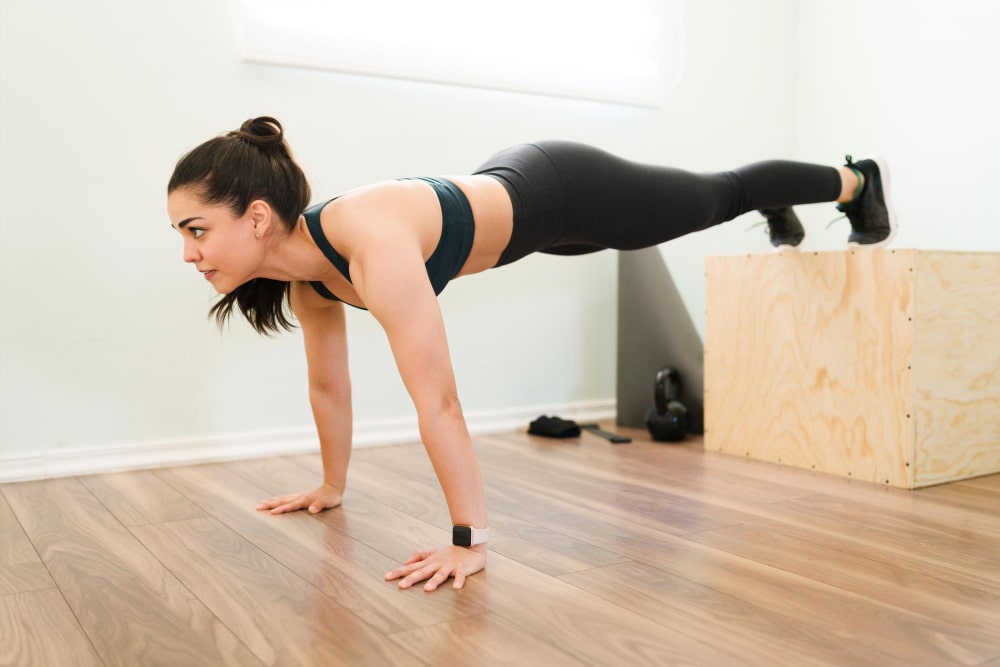Today we learn best shoulder impingement exercises. Shoulder impingement is acute pain and weakness in the side and front of your shoulder. This happens when the tendons and tissues of your shoulders do not work properly. These two elements act as a cushion between the muscles and joints. It absorbs the force of the movements so that you can lower and raise your arms without pain.
Many patients have to do a lot of exercises to treat their shoulder impingement. These you can perform regularly and correctly. We have come up with 5 shoulder impingement exercises techniques that you can do for correcting your shoulder impingement.
1. Scapula depression and retraction
Scapula depression and retraction is an exercise that is simple to perform, and you can describe them as countering shoulders that are hunched. For doing this exercise, you have to raise and roll your shoulders back. This way, you will squeeze the scapula together. The purpose of performing this exercise is to engage the scapula stabilizers.
It is vital that the scapula remains in the right position during the everyday movements of your arm. This exercise will enable you to achieve just that. You must be in this position for five to ten seconds.
Read: Exercises that can help improve your body posture
2. Scapula pull and push up
You need to begin with a scapula pull. This exercise has different kinds of variations, and some know it by different names. While performing this exercise, you have to stretch your arms in the front in a horizontal manner. You have to move the shoulders by reaching forward. Do not move the neck and the back.
You will then have to move the shoulders back. In addition, you have to make sure that you do not rotate or bend your arm. You must hold this position for five to ten seconds.
Then you need to do the scapula push. For this, you will require pushing a wall. Hold this pulled position and rest the hand against this wall. Then you have to push the shoulders forward. This exercise adds some resistance to strengthen the scapulothoracic muscles. In the earlier exercise, there was no such resistance.
3. Stretches and exercises
It is important to follow the exercise routine set up by your physical therapist. However, the following exercises will enable you to recover your body. At the same time, it will also prevent you from pushing too hard.
Doorway shoulder stretch
A person can do a doorway shoulder stretch through the following steps-
- Stand in the doorway.
- Hold the doorframe’s side with your affected arm, slightly below your shoulder height.
- Turn away your upper body from your arm to get a light stretch on the arm.
- Hold this for twenty seconds.
Crossover arm stretch
You can perform this simple stretch by doing the following.
- Lift your affected arm and stand straight. The arm must be straight in front of the body below your shoulder height.
- Use your opposite arm and gently pull your affected arm across your body.
- You can then hold your arm for five to ten seconds and then go back to your starting position.
- Repeat this stretch at least five times.
4. PNF
Neuromuscular exercises come with several kinds of benefits. They are much better in comparison to conventional exercises of physiotherapy. This helps to restore function, enhance mobility, and lower pain.
Proprioceptive control neuromuscular exercises can increase the motion range of your shoulder. You can therefore benefit from this PNF exercise.
5. Shoulder blade flex
To flex your shoulder blades, you have to do the following.
- Stand with your back straight and arms on the sides with your arms facing forward.
- Squeeze together your shoulder blades gently towards your back and hold it for five seconds.
- Relax and release.
- Repeat these five times
Read: 16 easy moves to get the most out of your at home workout
Conclusion
If you suffer from shoulder impingement, you will experience problems in absorbing force and in your ability to transfer. This can be due to the high inflammation of your joint.
When you try the above 5 techniques, you will experience a significant improvement, meaning that the pain will be considerably less. It will also enhance the movement of your shoulder.
Image credit: Freepik






